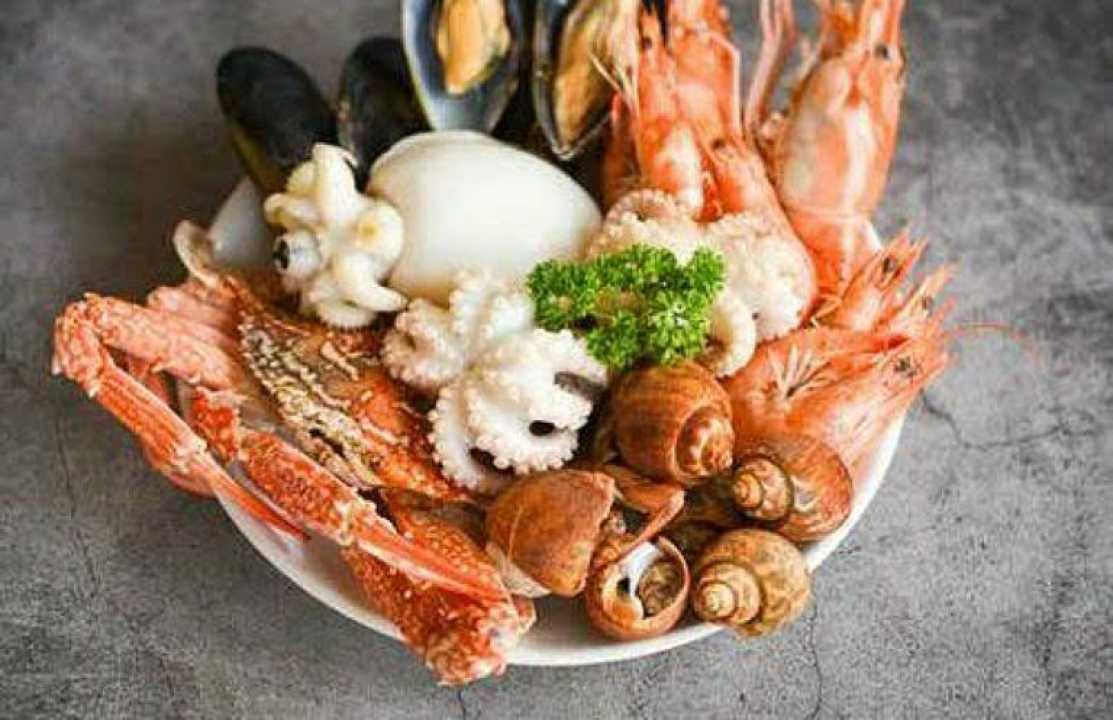Top 8 Most Consumed Foods In Canada 2023

Canada boasts a rich tapestry of delectable snacks, hearty meals, and cherished traditional dishes that reflect its diverse culinary heritage. From the iconic poutine to succulent smoked pork, buttery lobster rolls to the beloved Timbits, and the sweet allure of maple syrup to the decadent sucre à la crème, Canadian cuisine is a testament to the nation's vibrant and varied ethnic backgrounds. This culinary invites Canadians to explore an ever-evolving world of flavours, textures, and cooking techniques.
Canadian Appetite
The Canadian love for gastronomy is palpable, with a penchant for savouring delectable meals spanning from chic eateries in Montreal and Toronto to the cherished local diners scattered across the nation. Below, we delve into the most beloved and frequently consumed foods in Canada.
Most Consumed Foods In Canada 2023: Top 8 Popular
- Potatoes
- Bread
- Dairy Products
- Meat
- Maple Syrup
- Seafood
- Pasta
- Cereals
1. Potatoes

An intrinsic part of the Canadian diet, potatoes hold deep cultural significance in Canadian culinary traditions. From the iconic poutine to the comforting embrace of mashed potatoes at holiday feasts, this versatile tuber holds a cherished place in Canadian hearts.
Poutine, an emblem of comfort food, is an indulgent dish featuring crispy fries doused with savoury sauce and adorned with cheese curds. Regions like Prince Edward Island and New Brunswick take immense pride in producing top-tier potatoes, and the harvest season becomes a jubilant celebration of the land and its agricultural legacy.
2. Bread

Bread, a cornerstone of Canadian meals, mirrors the nation's cultural diversity. From tender white loaves to robust whole-grain varieties, the array of bread reflects Canada's multicultural mosaic. Whether for crafting sandwiches or enjoying a hearty breakfast, bread is an indispensable part of daily fare.
READ ALSO » Most Consumed Foods In China 2023: Top 8 Popular
During Thanksgiving, a celebration of abundance and unity, stuffing takes centre stage, crafted from seasoned bread enriched with aromatic herbs and spices. This tradition underscores bread's pivotal role in Canadian festivities, serving as a token of gratitude for the bounties of the season.
3. Dairy Products

Milk, cheese, and yoghurt stand as vital sources of nourishment in the Canadian diet, contributing significantly to protein and calcium intake. Whether as a breakfast staple or as versatile components in snacks and recipes, dairy products play a central role in Canadian culinary culture.
The rich Canada's ethnic communities brings forth a diverse array of cheeses from around the world. Greekyoghurtt, valued for its adaptability and health benefits, has gained popularity as a dairy alternative. The dairy industry, with its high-quality production of milk and cheese, further enriches Canada's culinary diversity.
4. Meat

Canadian cuisine holds a deep reverence for meats, particularly beef, pork, and chicken. Canadians take pleasure in savouring meat-centric dishes such as roast beef, steak, and grilled chicken. The quality of Canadian meat is attributed to the vast agricultural expanse and stringent animal husbandry standards.
Each region boasts its speciality meats, with Alberta renowned for its flavorful beef and Quebec celebrated for its versatile pork used in regional delights like tourtière, a delectable meat pie. These principles underscore the richness and significance of meat in Canadian gastronomy.
5. Maple Syrup

Maple syrup holds a special place in the hearts and palates of Canadians, embodying not only a condiment but a symbol of the nation itself. The age-old tradition of maple syrup-making marks the arrival of spring, an event cherished by many through visits to sugar shacks and the laborious process of boiling down the sap.
With its natural sweetness and versatility, maple syrup graces a multitude of recipes and dishes, from pancakes and waffles to French toast. This distinctive Canadian treasure is celebrated annually with the Maple Syrup Festival, a gathering that unites both residents and visitors in homage to this culinary gem.
6. Seafood

READ ALSO » Top 10 Most Popularly Consumed Foods In Africa
Given Canada's extensive coastlines along the Atlantic, Pacific, and Arctic Oceans, it comes as no surprise that seafood plays a prominent role in the Canadian diet. Abundant marine resources support a thriving fish industry, making seafood a natural choice for Canadians.
Salmon, trout, lobster, and various shellfish adorn Canadian tables, reflecting the significance of seafood in local culture. Delicacies like buttery lobster rolls and seafood soup in the Maritime provinces exemplify the deep-rooted connection between Canadians and their maritime bounty.
7. Pasta

Pasta holds a steadfast presence in Canadian cuisine, influenced by Italian, Greek, and other immigrant communities. Beloved classics like lasagna, fettuccine Alfredo, and spaghetti with meatballs find a cherished place in Canadian hearts. The multicultural fabric of Canada has led to the development of unique pasta recipes blending flavours from diverse culinary traditions.
Pasta's accessibility, cost-effectiveness, and versatility in cooking have made it a popular choice for families. Whether enjoyed in home-cooked meals, local eateries, or Italian restaurants, pasta has become an adaptable mainstay in the Canadian diet.
8. Cereals
Cereals, especially muesli and other grain-based breakfast options take centre stage on Canadian breakfast tables. Valued for their nutritional content and ease of preparation, cereals provide essential energy to kickstart the day. With a diverse range of options, from kid-friendly sugary varieties to wholesome choices rich in whole grains and fibre, cereals offer a versatile and nutritious breakfast alternative.
Beyond breakfast, cereals find their way into a variety of dishes and desserts, adding both convenience and nutrition to Canadian cuisine. As a staple in the Canadian diet, cereals contribute to a well-rounded and nutrient-dense culinary experience.
In conclusion, the mosaic of ingredients and culinary techniques in Canadian cuisine reflects the nation's diverse heritage, shaped by the influences of indigenous traditions, as well as those brought by early settlers from France and England. This vibrant culinary landscape invites Canadians to explore a rich tapestry of flavours, celebrating both the past and the present in every delectable bite.
